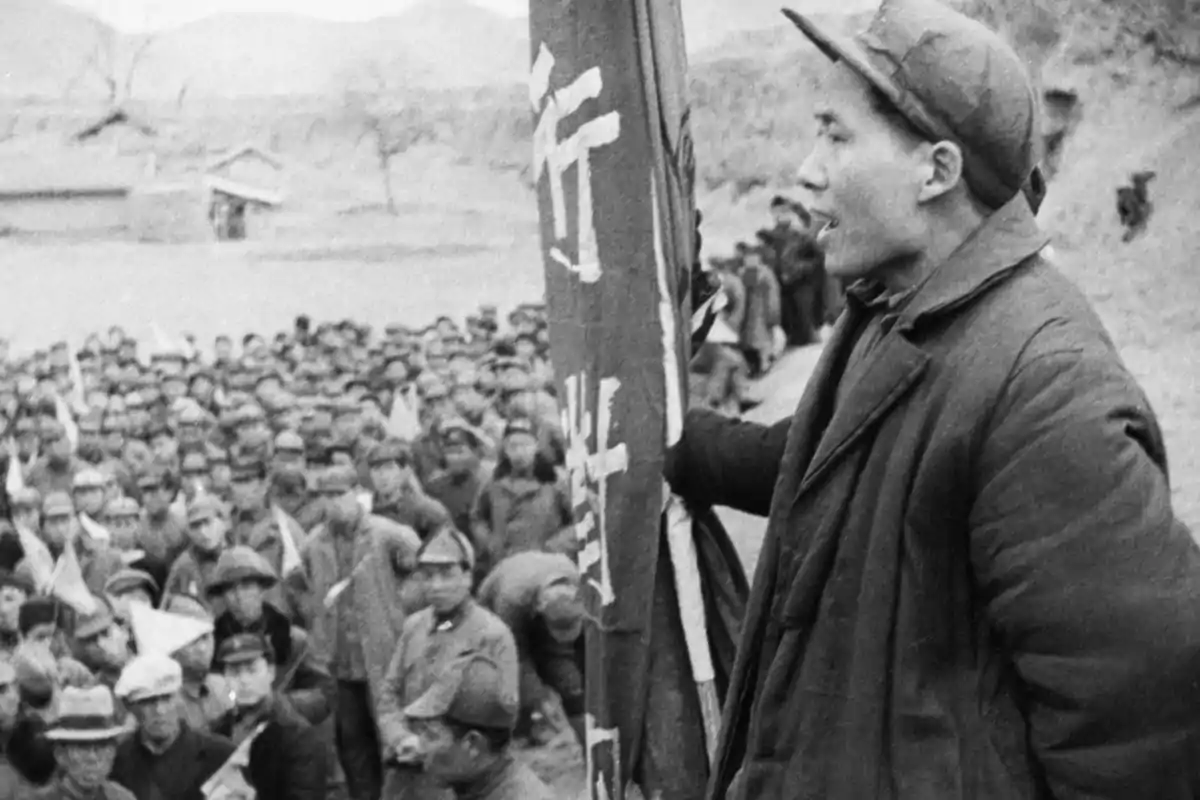
The Chinese Civil War and the emergence of two republics: China and Taiwan
Peace between both sides was never signed, generating tensions that remain to this day
In October 1911, the Xinhai Revolution took place (metal pig in the Chinese horoscope); which ended up overthrowing the last emperor of the Qing dynasty, Puyi, who was just 6 years old; putting an end to the millennial Celestial Empire, and giving rise to the first republic on the Asian continent; which endures to this day, on the island of Taiwan.
After the fall of the Empire, a period of political upheaval and tensions followed between the "Warlords," who had been the real power behind the Qing, and the new republicans, led by Dr. Sun Yat Sen, considered the Father of the Republic. The latter founded the Kuomintang (KMT) party and ended up prevailing, after hard struggles with them.
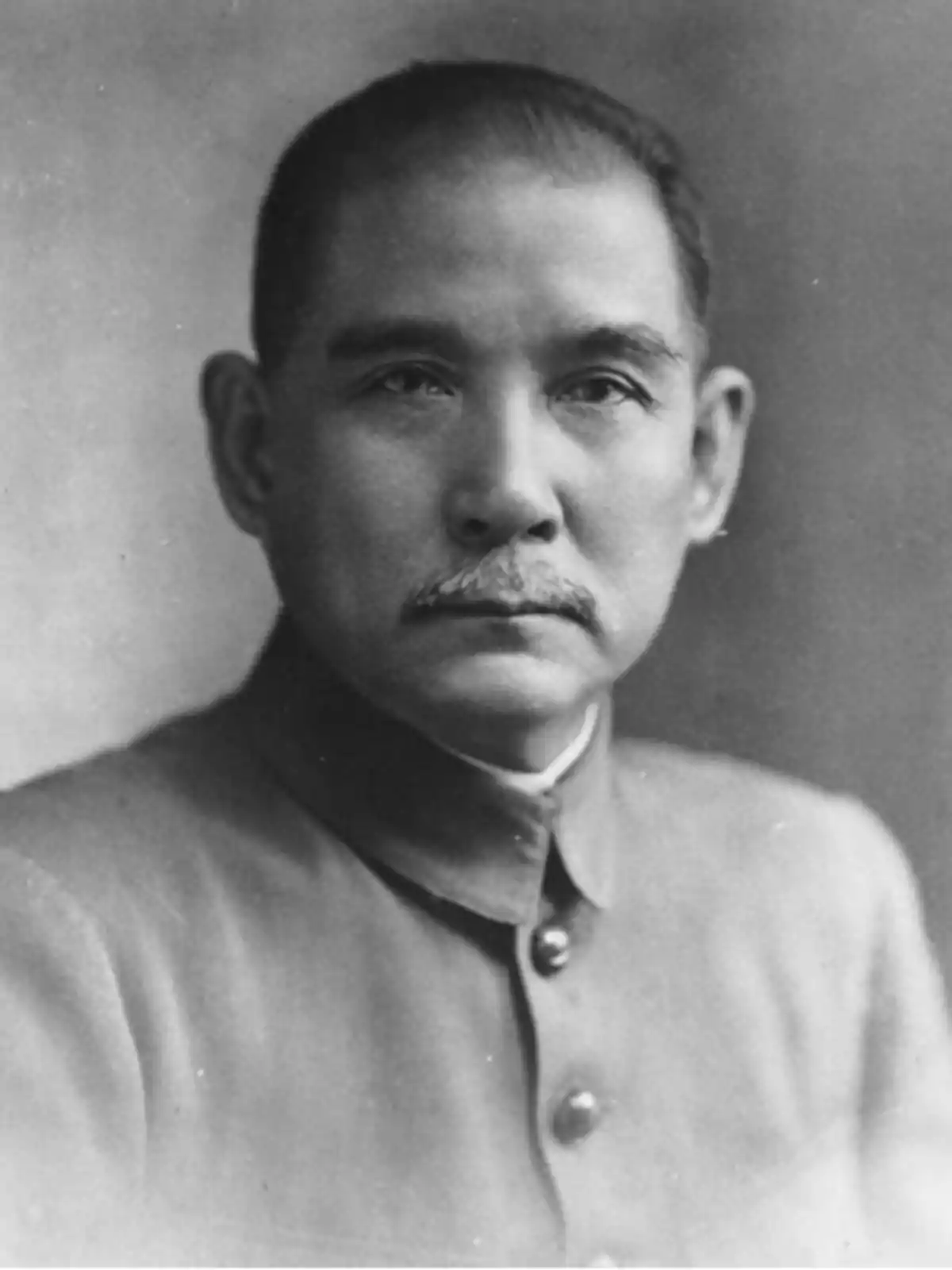
Sun founded the National Revolutionary Army, which unified the country and defeated the Warlords by 1928. After his death, in 1925, a series of internal struggles followed in the Kuomintang to succeed him. From these disputes, a young disciple of Sun Yat Sen emerged: Chiang Kai Shek; who continued his work; both within the party and in his fight against the Warlords. He fought the communist branch of the party; consolidating his nationalist ideology. True to his time, he was a promoter of caudillismo and the cult of personality. He adopted the title of "Generalissimo." He was conservative, obsessive about work, and unable to delegate tasks; which led him to make many mistakes, as he did not seek proper advice. He was not, either, a skilled administrator, although he had undeniable charisma and popular appeal. He was baptized as a Methodist Christian, influenced by his third wife, in 1930.
Under the aegis of his party, in 1927 he founded the Republic of China, moving its capital to Nanking, as Sun would have wanted; and where he is buried. He adopted the party flag as the insignia of the Republic; which is the current Taiwanese emblem.
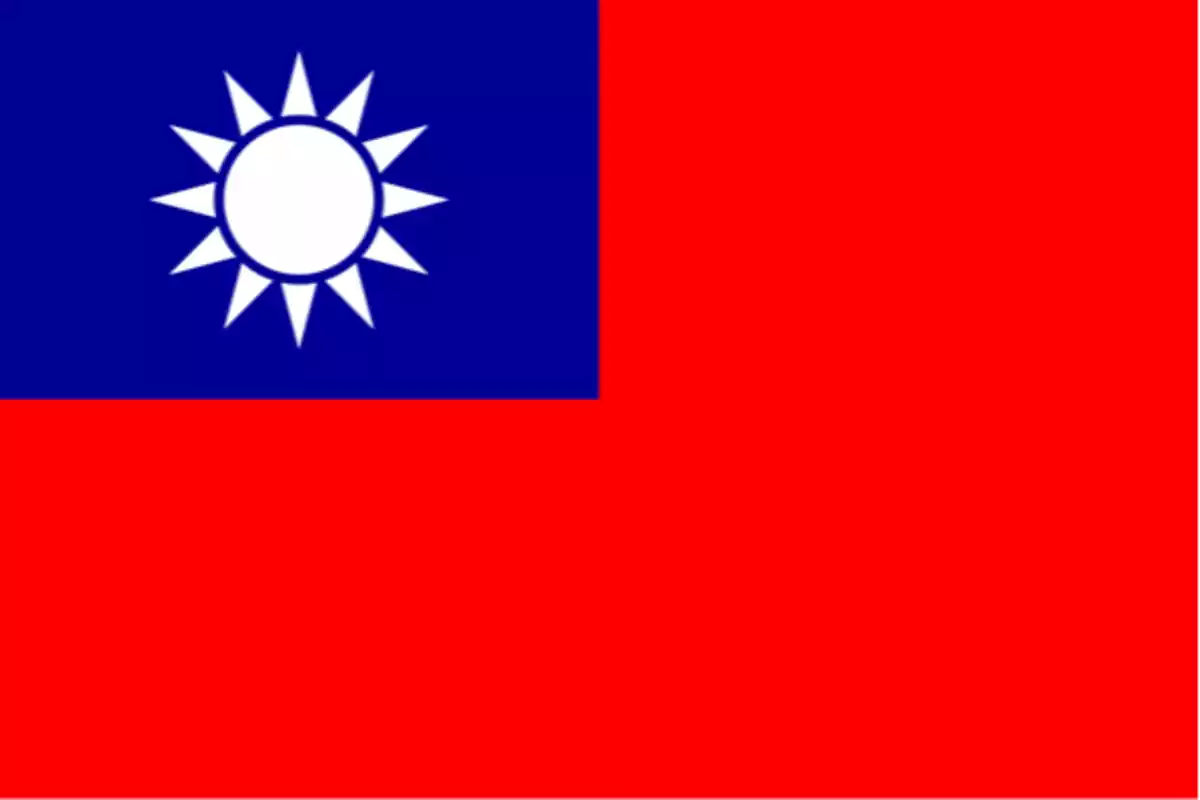
His break with the left wing of the Kuomintang led them to take refuge in the Chinese Communist Party, founded in 1921, and participate in any conspiracy that arose to depose the Generalissimo. With this, plus his confrontations against local warlords, who did not want to submit to the central government; and the Japanese threat, who from Korea awaited to strike at the most opportune moment, characterized the so-called "Nanking Decade." The economic pressures of Chiang's government, the population's fatigue from the permanent mobilizations since the fall of the Qing; as well as some authoritarian traits in his administration, undermined his popularity. In Shanghai, for example, he imposed a forced loan on its merchants to sustain the war effort.
As achievements of this period, we can cite: the adoption of the metric decimal system of weights and measures; as well as the solar calendar; the modernization of public administration, with the help of some foreign advisors; the simplification of the tax regime; improvements in the cadastral property system, to increase revenue; increase in public officials' salaries, to combat corruption: the projection of new railways, roads, and air connections. However, his authority was only obeyed in five provinces.
The communists, under the leadership of Chou En Lai and Mao Zedong, became strong in the areas of the country that replied to them and established their capital in Wuhan (famous for being the place where the Coronavirus pandemic emerged, almost 100 years later). In 1927, they founded the Chinese Red Army; later called the People's Liberation Army, which is the official name of the current army of the People's Republic of China. Chiang had his capital in Nanking, and what remained of the Warlords had theirs established in Beijing. Shortly after, Chiang would sweep these last ones and take Beijing.
Between 1930 and 1934, Chiang would also corner the communists; although without achieving a total victory over them. These, sheltered in the South of the country, established the Soviet Republic of China, with the support of dictator Josef Stalin. Chiang was about to deliver the final blow to the communists when a fortuitous event came to save them from extermination.
Taking advantage of the Chinese civil war, in 1931, the Japanese began, from Korea, the conquest of Manchuria. For years, Chiang resisted fighting the Japanese aggression, preferring instead to exterminate the communists, who complicated his internal front. In December 1936, two nationalist generals kidnapped him and forced him to sign a truce with the communists, to allow the Chinese armies from both sectors to face Japan. Mao, exhausted, saw this opportunity as heaven-sent, and seized it. Chiang was forced to accept it, reluctantly, knowing he was making a fatal mistake. Thus, the side that bore the brunt of the war against Japan was the nationalist. Chiang had to divert his best forces, taking them from the internal combat front, to wear them down and crash against the Japanese war machine.
In the nine years that the war with Japan lasted, Chiang lost his military superiority over the communists. They, located mainly at the rear of Chiang, received abundant military aid from the allies (especially Soviet). They had all this time to recover their forces and train them, without being subjected to direct confrontation with the Japanese invaders.
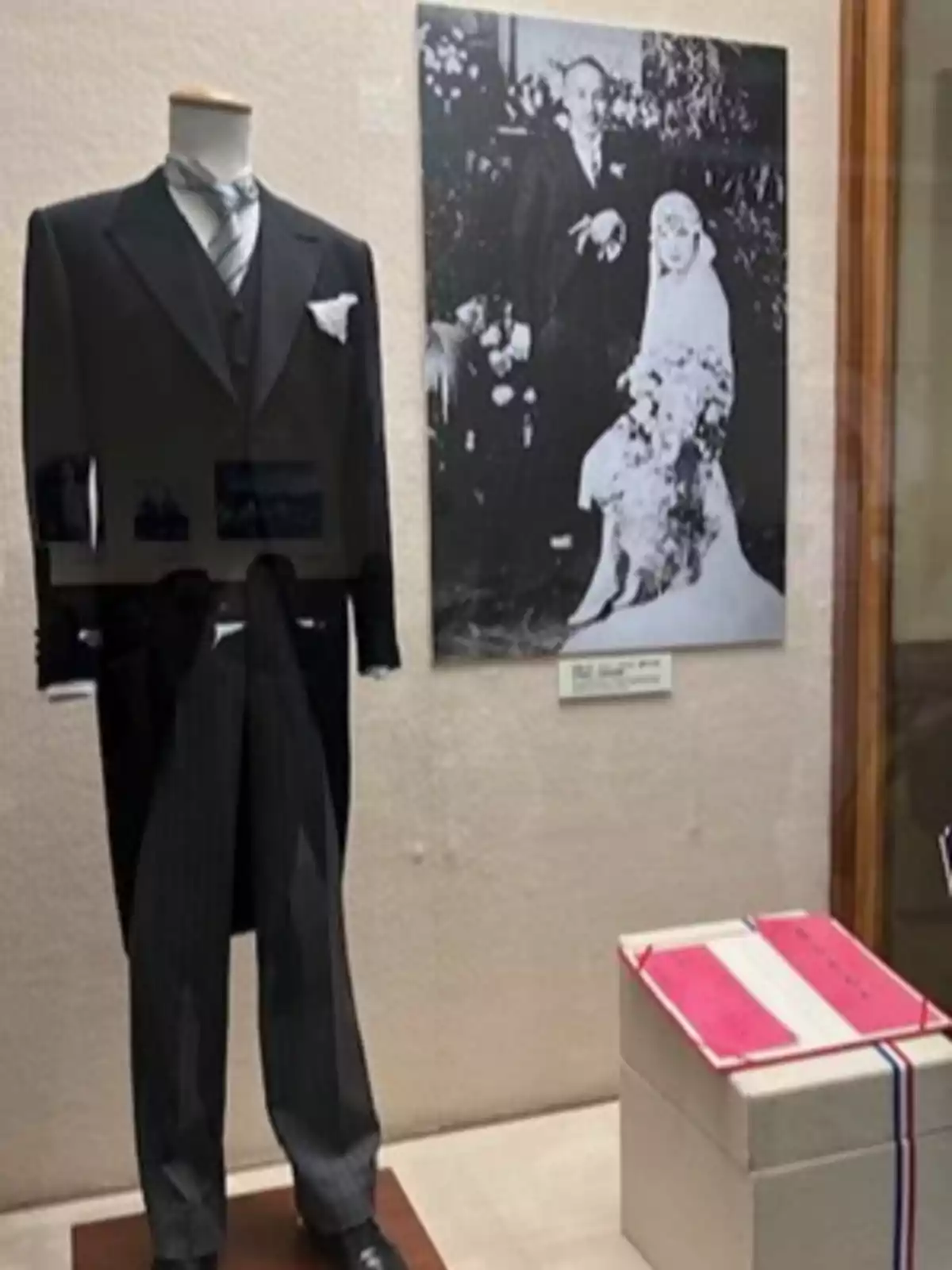
After World War II, despite the allies' efforts to reconcile the two warring sides, constant frictions led first to new confrontations; and then resulted in the resurgence of the civil war, between the nationalists of the Kuomintang, led by Chiang, and the communists, led by Mao.
After various vicissitudes, between 1946 and 1949, fierce battles took place between both sides in the main Chinese cities; which culminated in the defeat of Chiang's government. In January 1949, harassed by failures, and the fall of Nanking and Shanghai, the Generalissimo retreated to the island of Formosa, along with almost two million refugees; territory that, since 1949, has been the physical settlement of the Republic of China, founded in 1912; maintaining its same authorities, national symbols, currency, and diplomatic representations.
Meanwhile, the victorious communists founded, on the continent, where they were victorious, the brand-new People's Republic of China. However, they did not achieve a total victory; as they could not defeat the national side in Formosa (Taiwan) and its adjacent islands. Thus, the country was effectively split. The majority part, where communism triumphed, became, since 1949, the People's Republic; while, in the islands of the Taiwan Strait, where the nationalists could not be eliminated, the Republic of China that replaced the Celestial Empire continues to rule, in 1912. The communists never managed to conquer or set foot in Formosa; an island that always remained loyal to the nationalist side.
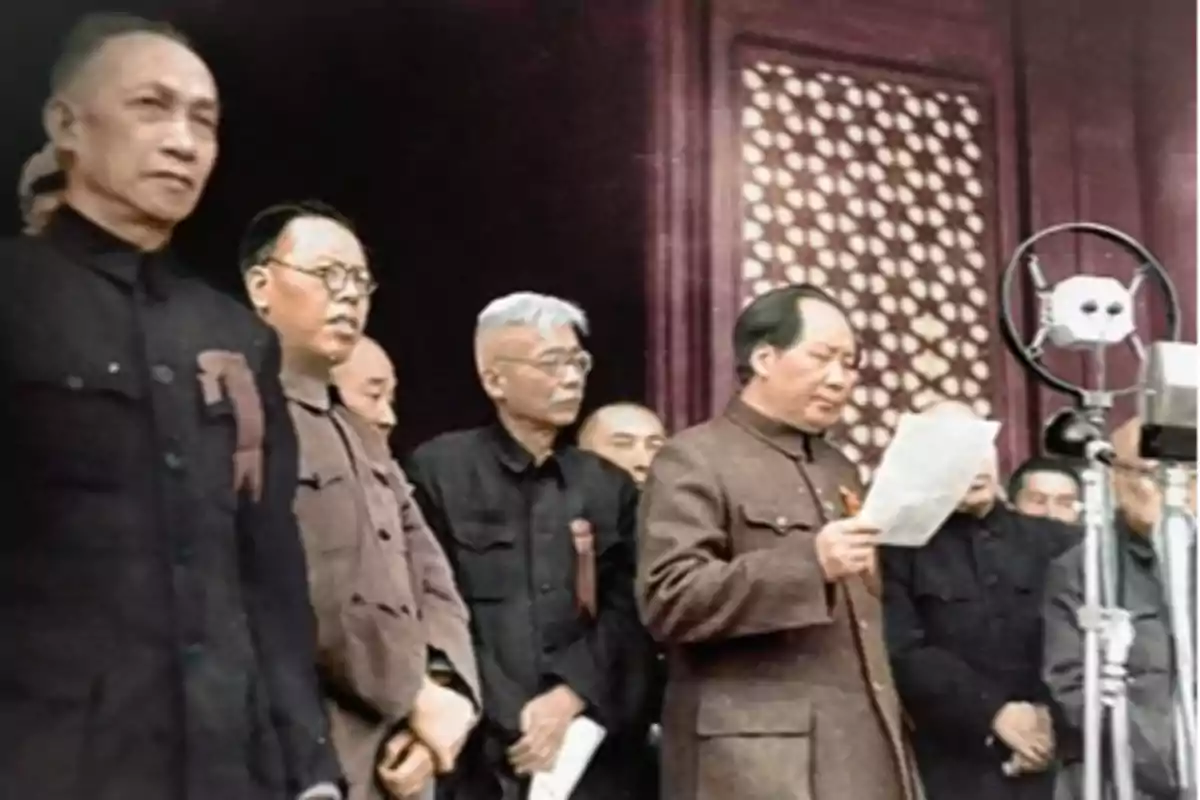
A strong argument from Taiwan, in favor of its subsistence, is the following: How can a state, which acknowledges being created in 1949, claim sovereignty over another, whose origin dates back to 1912, that is, which precedes it?
Peace between both sides was never signed; and a curious "status quo" was caused, similar to the one existing on the Korean peninsula; where two sides, which had fought in a fratricidal war, were divided, in fact, based on the victories achieved by each side, in that confrontation, the original national territory.
More posts: